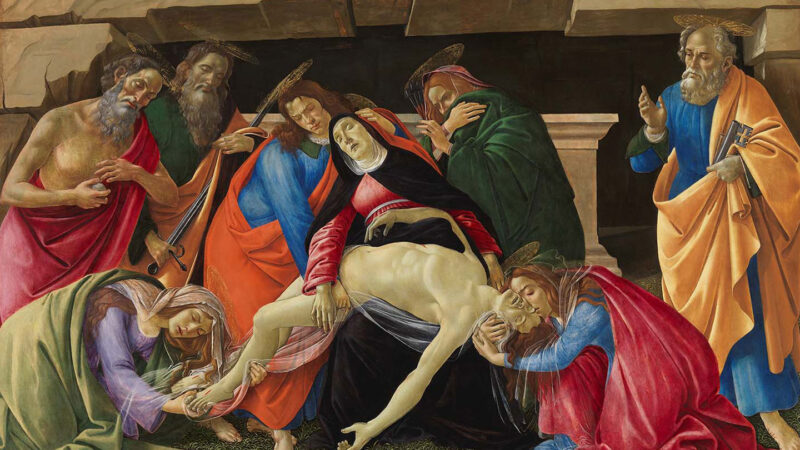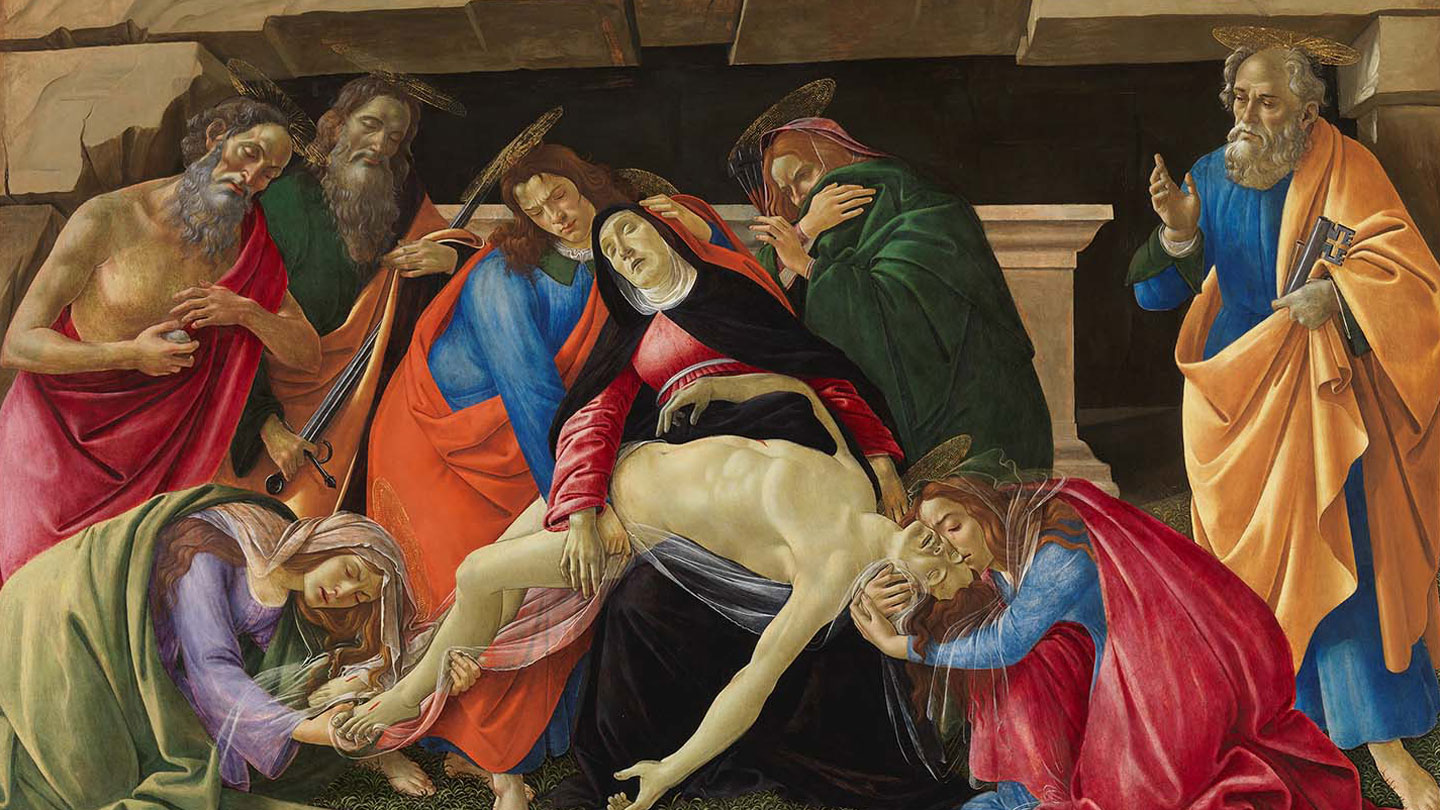Why some Renaissance artists added egg yolks to oil paints

Art historians often wish that Renaissance painters could shell out secrets of the craft. Now, scientists may have cracked one using chemistry and physics.
Around the turn of the 15th century in Italy, oil-based paints replaced egg-based tempera paints as the dominant medium. During this transition, artists including Leonardo da Vinci and Sandro Botticelli also experimented with paints made from oil and egg (SN: 4/30/14). But it has been unclear how adding egg to oil paints may have affected the artwork.
Science News headlines, in your inbox
Headlines and summaries of the latest Science News articles, delivered to your email inbox every Thursday.
Thank you for signing up!
There was a problem signing you up.
“Usually, when we think about art, not everybody thinks about the science which is behind it,” says chemical engineer Ophélie Ranquet of the Karlsruhe Institute of Technology in Germany.
In the lab, Ranquet and colleagues whipped up two oil-egg recipes to compare with plain oil paint. One mixture contained fresh egg yolk mixed into oil paint, and had a similar consistency to mayonnaise. For the other blend, the scientists ground pigment into the yolk, dried it and mixed it with oil — a process the old masters might have used, according to the scant historical records that exist today. Each medium was subjected to a battery of tests that analyzed its mass, moisture, oxidation, heat capacity, drying time and more.
In both concoctions, the yolk’s proteins, phospholipids and antioxidants helped slow paint oxidation, which can cause paint to turn yellow over time, the team reports March 28 in Nature Communications.
In the mayolike blend, the yolk created sturdy links between pigment particles, resulting in stiffer paint. Such consistency would have been ideal for techniques like impasto, a raised, thick style that adds texture to art. Egg additions also could have reduced wrinkling by creating a firmer paint consistency. Wrinkling sometimes happens with oil paints when the top layer dries faster than the paint underneath, and the dried film buckles over looser, still-wet paint.
The hybrid mediums have some less than eggs-ellent qualities, though. For instance, the eggy oil paint can take longer to dry. If paints were too yolky, Renaissance artists would have had to wait a long time to add the next layer, Ranquet says.
“The more we understand how artists select and manipulate their materials, the more we can appreciate what they’re doing, the creative process and the final product,” says Ken Sutherland, director of scientific research at the Art Institute of Chicago, who was not involved with the work.
Research on historical art mediums can not only aid art preservation efforts, Sutherland says, but also help people gain a deeper understanding of the artworks themselves.
For all the latest Technology News Click Here
For the latest news and updates, follow us on Google News.

